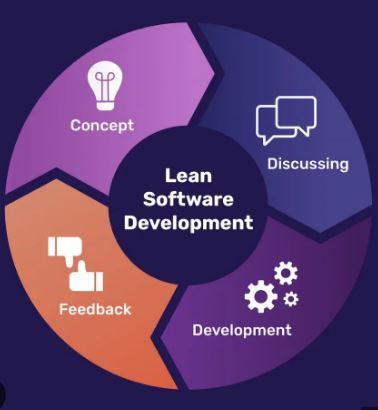Revolutionizing E-Governance
In Official BlogIntroduction
In today’s fast-paced digital era, mobile applications have become a critical part of every successful business. As demand for apps across multiple platforms continues to rise, developers face growing pressure to build high-quality, user-friendly applications that function seamlessly on both iOS and Android—while keeping development time and cost under control.
This is where cross-platform app development proves essential. Frameworks such as React Native make it possible to build robust, efficient applications that run smoothly across different operating systems without compromising performance or user experience.
At Jain Software, we understand how vital it is to adopt modern technologies that deliver powerful results for our clients. This guide explores cross-platform app development using React Native, its benefits, and the best practices that help developers build scalable, high-performance mobile applications.
Understanding React Native
React Native is an open-source framework developed by Facebook that enables developers to create mobile applications using JavaScript and React. Unlike traditional hybrid frameworks, React Native offers a native-like experience, delivering the same speed, smoothness, and responsiveness as applications built using native languages such as Java or Swift.
A major advantage of React Native is code reusability. Developers can write a single codebase that operates on both iOS and Android, reducing development effort, time, and cost. This approach allows businesses to accelerate product delivery while reaching a broader audience without maintaining separate codebases for each platform.
Key Benefits of Using React Native for Cross-Platform Development
1. Faster Development Time
React Native allows developers to write code once and deploy it across multiple platforms. This eliminates the need for maintaining separate codebases for iOS and Android, resulting in shorter development cycles, reduced costs, and faster time to market.
2. Native-Like Performance
Applications built with React Native deliver near-native performance. The framework leverages native components and APIs to ensure smooth animations, fast loading times, and responsive user interfaces across all devices.
3. Hot Reloading
React Native’s hot reloading feature allows developers to view the results of their code changes instantly without rebuilding the entire application. This feature boosts productivity, simplifies debugging, and significantly speeds up the development process.
4. Large Developer Community
React Native benefits from a strong global community. Developers have access to a wide range of open-source libraries, UI components, and third-party integrations. These resources simplify development, reduce repetitive work, and enable teams to add advanced functionalities more efficiently.
5. Cross-Platform Compatibility
React Native enables developers to build applications that deliver consistent user experiences across both iOS and Android platforms. This consistency strengthens brand identity and ensures reliable performance for all users.
Best Practices for React Native App Development
1. Follow Platform-Specific Guidelines
While React Native promotes code sharing, adhering to platform-specific guidelines is essential. Following Apple’s Human Interface Guidelines and Google’s Material Design principles ensures a native-like interface and a smooth user experience on each platform.
2. Optimize Performance
Performance optimization is key to delivering seamless experiences across devices. Minimize rendering time, use lazy loading for heavy assets, and implement code splitting to improve speed and responsiveness.
3. Use Native Modules and APIs
Leverage React Native’s ability to integrate with native modules and APIs to access device-specific features such as sensors, cameras, and GPS. This integration enhances functionality and provides a more engaging experience for end users.
4. Test Across Multiple Devices
Comprehensive testing ensures that applications perform consistently across different screen sizes and devices. Use testing frameworks such as Jest and Enzyme for unit testing, and Appium or Detox for end-to-end testing.
5. Monitor and Optimize App Performance
Employ performance monitoring tools like React Native Performance Monitor or Firebase Performance Monitoring to track performance metrics. Regularly analyze user feedback, identify areas of improvement, and update the app to maintain an optimal experience.
Conclusion
React Native has redefined mobile app development by allowing developers to create powerful, feature-rich, cross-platform applications using a single codebase. It enables faster development, reduced costs, and enhanced scalability—making it an ideal choice for businesses seeking efficiency and innovation.
At Jain Software, we specialize in delivering cutting-edge digital solutions that help our clients thrive in a technology-driven world. Whether you are a startup building your first mobile application or an enterprise expanding your digital reach, our expert development team can help you design and launch scalable React Native apps that align perfectly with your business goals.













